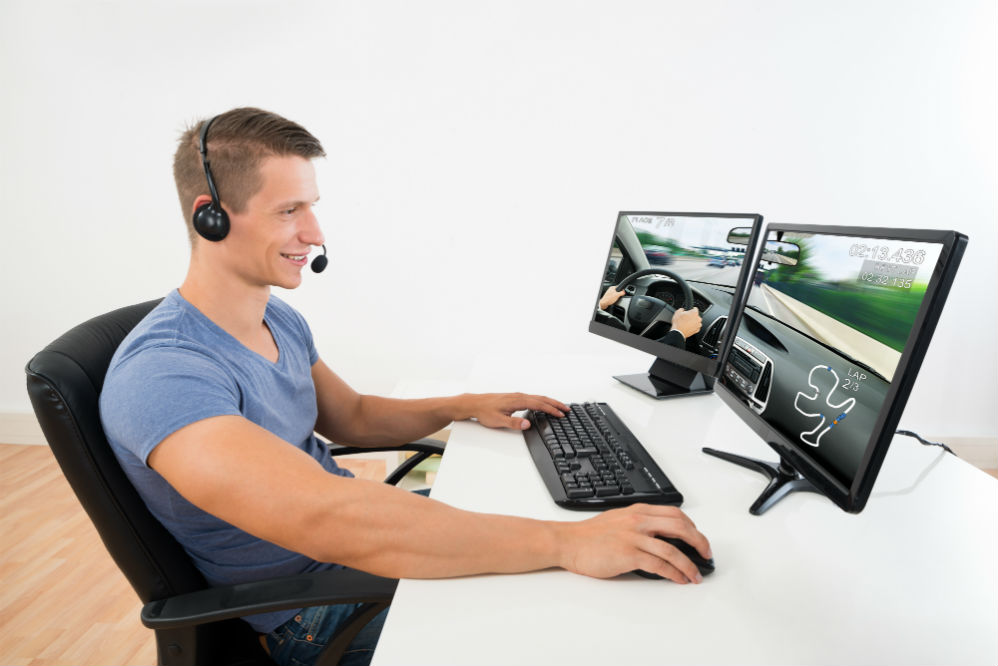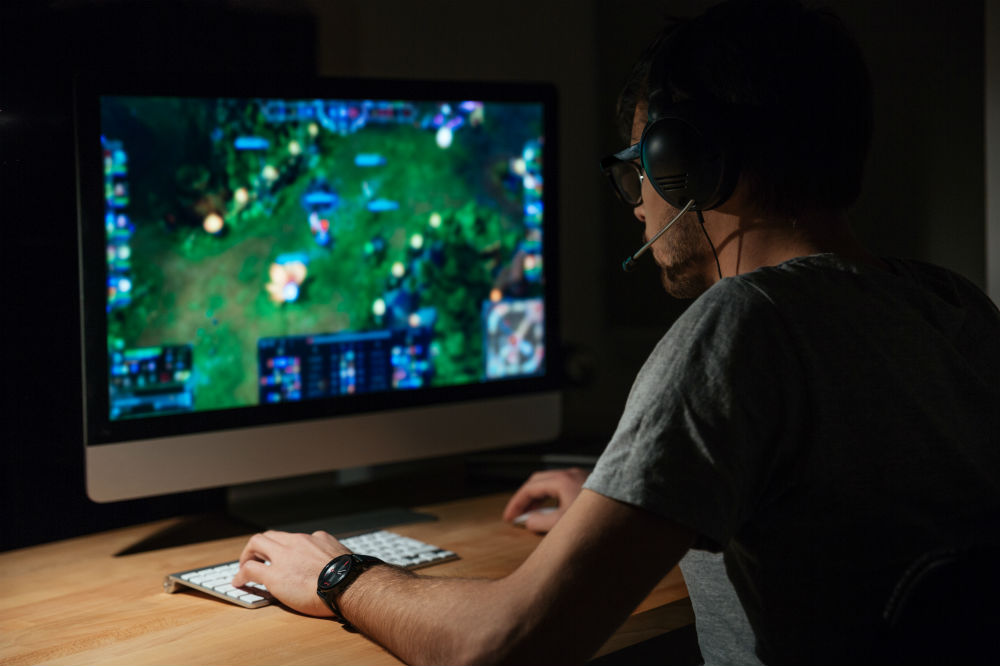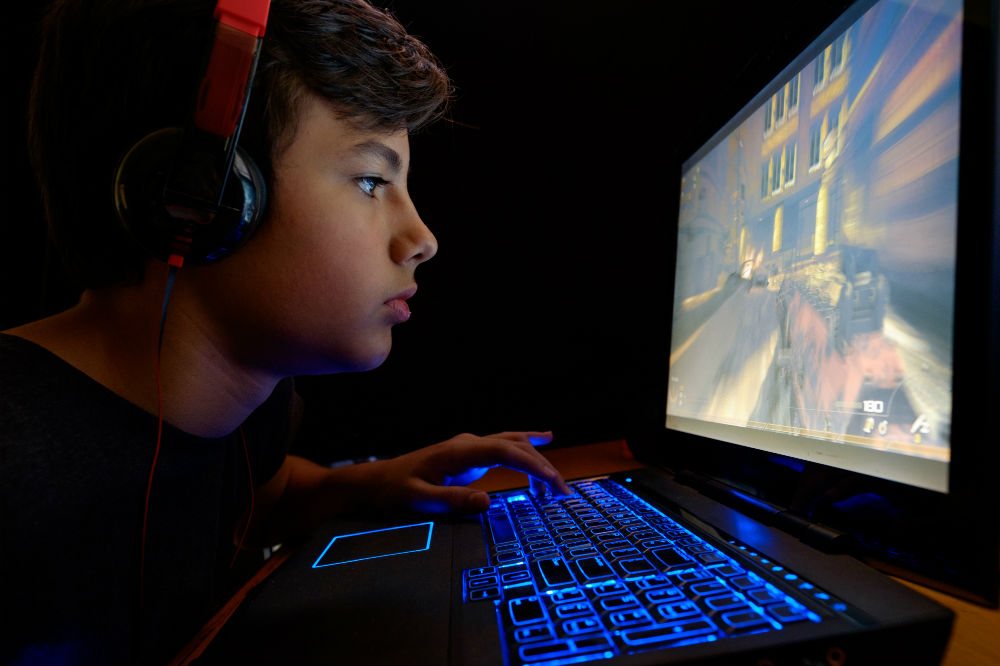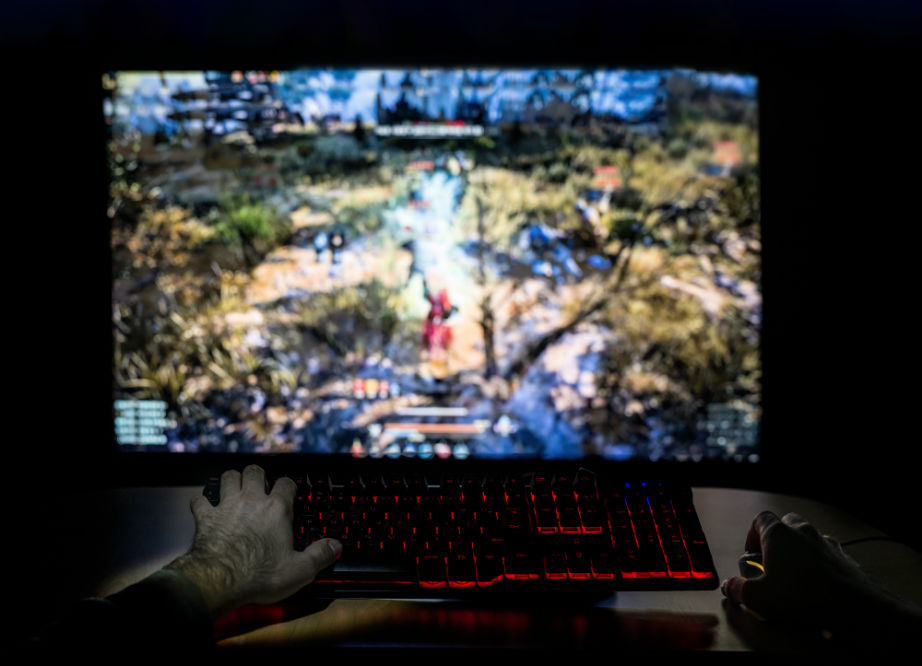Having multiple monitors for a gaming setup is not an uncommon thing nowadays. Many do this to make the most out of the immersive experience that games have to offer. But some have their setup done this way so that they can multitask while gaming—do tasks in a second monitor while they have their game going in the first one. Here’s how to use a secondary monitor while gaming on the primary.
Why Use Multiple Monitors?
If not for gaming purposes, then you can set things up so that you can multitask. Screen size has limitations on what it can display at any given time. You can have multiple windows running at the same time, stack them on top of one another, yet you are limited to how much each window will show and how many windows you can squeeze into your display.
So, what do you do when you want more things to show up? You put up an extra monitor! Consider your screen size as the prime real estate. When you need more space to work with, then you need to get more real estate in the form of a second or even a third monitor.
It is easy enough to move from one window to another, but when you are working with stuff that you need to look at simultaneously, then having them on display at the same time would be really helpful. Incidentally, this can come in handy when you want to play your favorite game, and get your tasks done at the same time. Maybe you need to check tips on a game, so you want to be able to read that while playing. You can also work on your game avatar while waiting for a show to come on a live stream in the second monitor.
Starting a Multiple Monitor Setup
Getting an extra monitor sounds simple enough. But it’s not as easy as buying a new screen and plugging it in. You need to have the right hardware to support this. At the very least, have a video card that supports multiple screens and is compatible with your current hardware. When you go the store to buy one, have your computer’s hardware and the specifications handy so that they can guide you on which video card would work.
The latest video cards were made to handle multiple display setups. They work even with single-display computers, as is it the usual way computers are put together. But they didn’t miss out on the possibility that those who are buying their hardware for gaming may eventually get several monitors.
Working with Multiple Displays
Now that you a have a multiple-display setup, you need to get the hang of how it works. Your computer should immediately be able to detect that you have multiple displays working. It is now just a matter of choosing which one will show which programs.
Your computer should have built-in operating system settings that allow you to choose a primary screen and secondary ones. It is usually included in the settings, and under the menu for displays. This is the usual place to check with a Microsoft operating system. Here you’d have the option to click and drag the programs, and drop them in the appropriate display you want them to go.
If you wish to use other operating systems like Linux, then that will be a completely different process altogether and may be more complex. While there may be benefits to using other systems, Microsoft, in general, is the more commonly used system, and something many are familiar with.
Your graphics card or video card comes with its software to modify how it works. You may skip your operating system’s settings and get straight to the program your hardware comes with. These would sometimes have a better interface, and the settings that you need most likely would be available here. That is way easier than having to navigate through several tabs and options in an operating system’s built-in settings.
How to Use a Secondary Monitor While Gaming on the Primary?
When you have that second display available, it can be a completely independent screen or an extension of the first one. For having a game that runs in the primary screen while another screen displays something else, have it set up as an extension. This way, your keyboard commands, and your mouse then shift between the displays.
When you start playing a game, it normally disables the other screens while it is running on the main display. This is usually the case when you have it in a full-screen mode. Have it in window mode to get around this. The window mode can either have the borders or not. Taking out the borders and selecting the maximized option mimics a full-screen mode, and would allow you to jump to other programs.
These other programs you want to run while you have your game on should not be stacked on top of one another like that of a single display setup. Those other programs you want to shift to should be kept in the second display. Drag and drop them onto that second screen as mentioned earlier. If you keep them in the primary screen, then when you hit the command to move to that other program, instead of going up in the second screen, it merely overlaps the window your game is on. That is the simplest way on how to use a secondary monitor while gaming on the primary.
Summary
With all the things that you want to do, sometimes a single display won’t cut it. When you have that set up ready, you can do more tasks with each screen, or you can play games that offer multiple display features. Or even do both at the same time!
Get the right graphics card, hook it up to the right monitors, tweak the built-in settings or the software provided, and you are good to go. All that is left is running the game in one, and dragging and dropping the other programs in the other.










